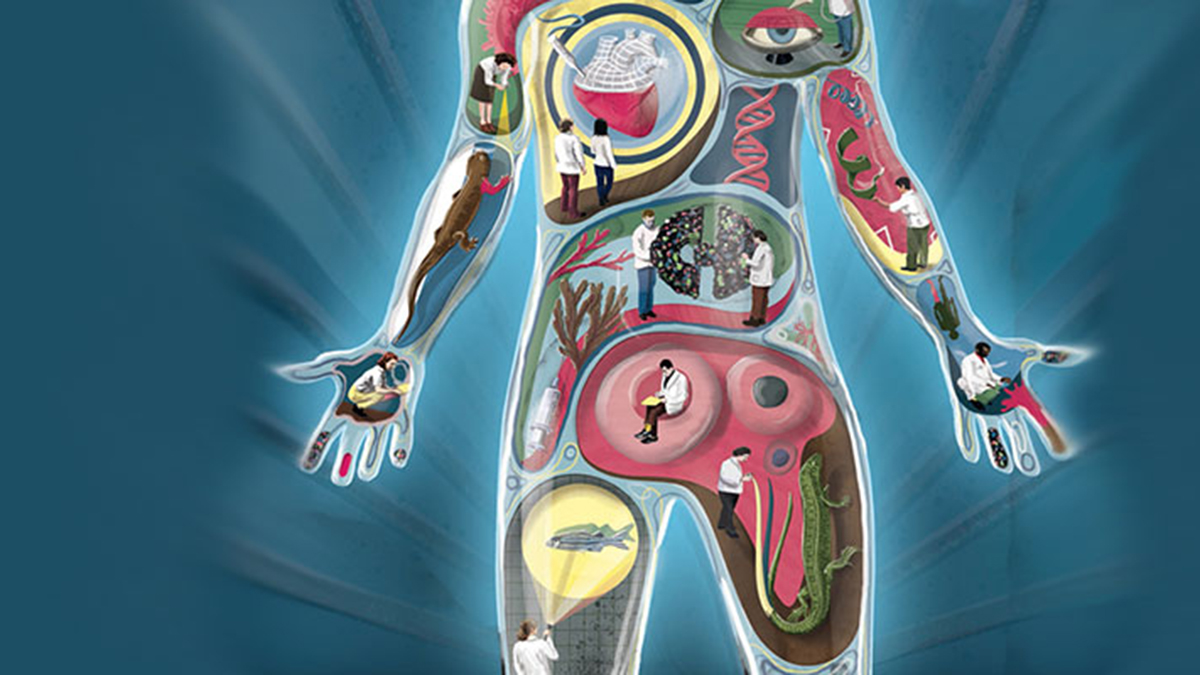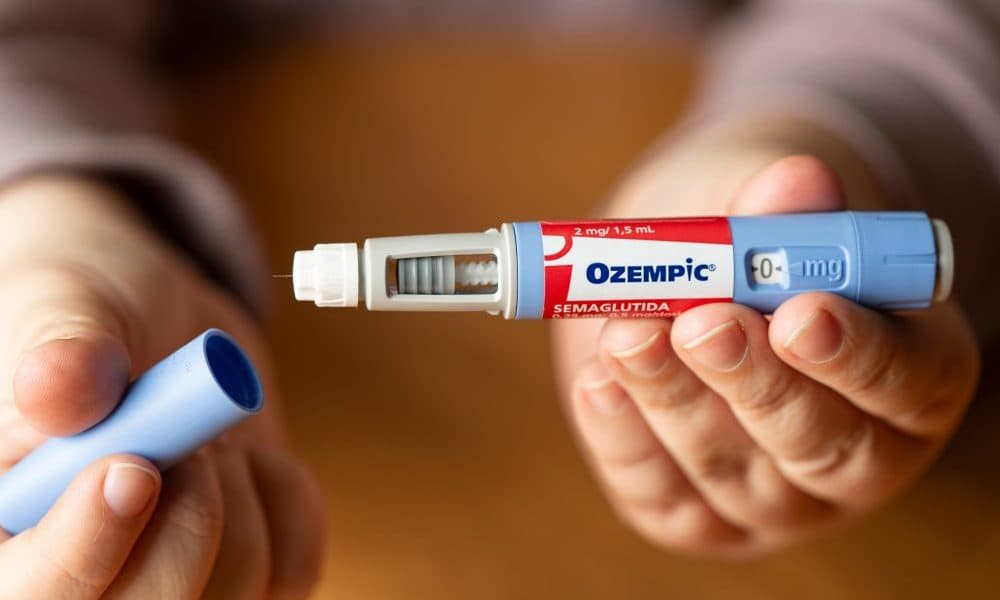Healthcare Technology Revolution: FHIR R5 and Interoperability Standards 2024
The healthcare industry continues to undergo a digital transformation, with interoperability standards playing a crucial role in enabling seamless data exchange between healthcare systems. The introduction of FHIR R5 (Fast Healthcare Interoperability Resources) represents a significant advancement in healthcare data standardization, promising to revolutionize how healthcare organizations manage patient information and clinical workflows.
FHIR R5 Key Enhancements
The latest FHIR R5 release introduces several breakthrough capabilities that address long-standing challenges in healthcare data interoperability:
1. Enhanced Clinical Decision Support
Generally Available
FHIR R5 provides improved clinical decision support integration, enabling real-time access to evidence-based guidelines and clinical recommendations directly within Electronic Health Record (EHR) systems. This advancement helps clinicians make more informed decisions at the point of care, potentially reducing medical errors and improving patient outcomes.
2. Advanced Patient Matching Algorithms
Production Ready
New patient matching capabilities use sophisticated algorithms to accurately identify patients across different healthcare systems, addressing one of the most persistent challenges in healthcare interoperability. These enhancements reduce duplicate records and ensure clinical teams have access to complete patient histories.
Regulatory Compliance and Standards
3. 21st Century Cures Act Compliance
Mandatory Implementation
Healthcare organizations must now comply with the 21st Century Cures Act information blocking provisions, which require transparent data sharing practices. FHIR R5 provides the technical foundation for meeting these requirements while maintaining appropriate security and privacy protections.
4. TEFCA Framework Integration
Public Preview
The Trusted Exchange Framework and Common Agreement (TEFCA) provides a foundation for nationwide health information exchange. FHIR R5's enhanced capabilities align with TEFCA requirements, enabling broader data sharing while maintaining patient privacy and security standards.
Advanced Healthcare Analytics
Real-Time Population Health Monitoring
Healthcare organizations are leveraging FHIR R5's enhanced analytics capabilities to monitor population health trends and identify emerging health risks:
- Real-time disease surveillance and outbreak detection
- Social determinants of health integration
- Predictive analytics for chronic disease management
- Quality measure reporting and compliance tracking
Clinical Research Integration
FHIR R5 enables seamless integration between clinical care and research activities:
- Automated clinical trial recruitment and eligibility screening
- Real-world evidence collection and analysis
- Longitudinal patient outcome tracking
- Federated research data networks
Security and Privacy Enhancements
5. Zero Trust Architecture for Healthcare
Industry Best Practice
Healthcare organizations are implementing zero trust security models that align with FHIR R5's security frameworks:
Identity-Based Access Controls
- Granular permissions based on clinical roles and responsibilities
- Multi-factor authentication for all system access
- Continuous authentication and authorization validation
- Audit trails for all data access and modifications
Data Encryption and Protection
- End-to-end encryption for data in transit and at rest
- Advanced key management and rotation capabilities
- Differential privacy for research and analytics
- Blockchain integration for data integrity verification
Implementation Strategies
Phased Migration Approach
Healthcare organizations should consider a structured approach to FHIR R5 implementation:
Phase 1: Assessment and Planning (Months 1-3)
- Current system inventory and capabilities assessment
- FHIR R5 readiness evaluation for existing applications
- Stakeholder engagement and change management planning
- Pilot use case identification and prioritization
Phase 2: Core Infrastructure (Months 4-9)
- FHIR R5 server deployment and configuration
- Basic interoperability testing and validation
- Security framework implementation
- Staff training and capability development
Phase 3: Advanced Features (Months 10-18)
- Clinical decision support integration
- Advanced analytics and reporting capabilities
- Multi-organizational data sharing workflows
- Continuous improvement and optimization
Industry Impact and Benefits
Improved Patient Outcomes
Early adopters of FHIR R5 report significant improvements in patient care:
- 30% reduction in medication errors through enhanced decision support
- 25% improvement in care coordination across specialties
- 40% faster access to critical patient information during emergencies
- Enhanced patient engagement through improved data transparency
Operational Efficiency
Healthcare organizations implementing FHIR R5 achieve operational benefits:
- Reduced administrative burden through automated data exchange
- Streamlined clinical workflows and documentation processes
- Improved resource allocation and capacity management
- Enhanced quality reporting and compliance automation
Future Directions
AI and Machine Learning Integration
The combination of FHIR R5 and artificial intelligence technologies enables new capabilities:
- Automated clinical documentation and coding
- Predictive analytics for patient risk stratification
- Personalized treatment recommendations
- Natural language processing for unstructured clinical data
Patient-Centered Care Models
FHIR R5 supports the evolution toward patient-centered care:
- Patient-controlled health records and data sharing
- Telehealth and remote monitoring integration
- Social care coordination and community resource connections
- Precision medicine and genomics integration
The healthcare industry's adoption of FHIR R5 represents a critical step toward achieving true interoperability and improving patient care delivery. Organizations that invest in comprehensive FHIR R5 implementation will be better positioned to meet regulatory requirements, improve clinical outcomes, and deliver more efficient, patient-centered care.




